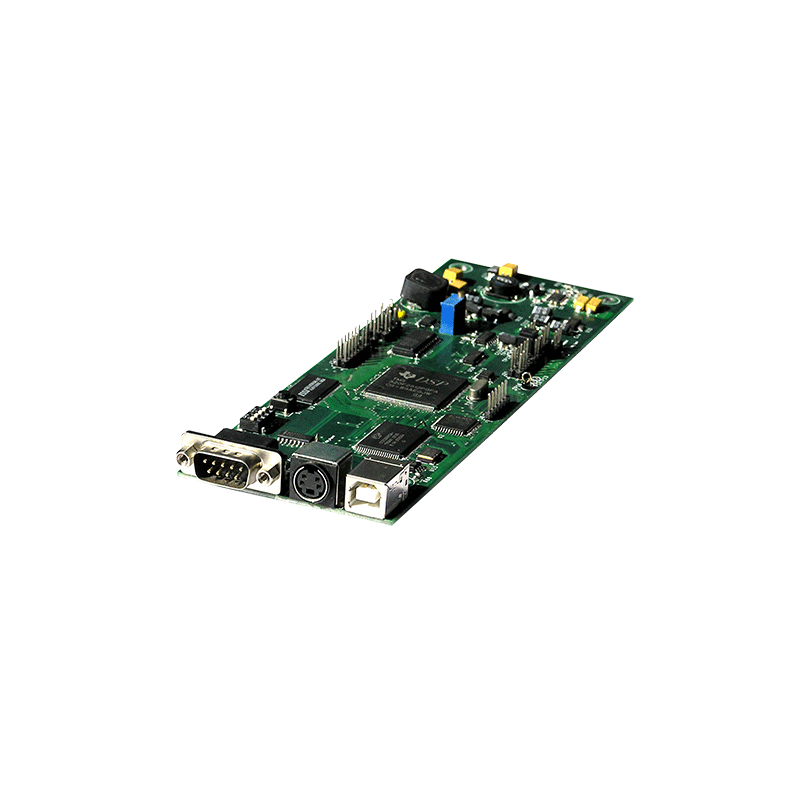Application Examples of High-Voltage Power Supplies in Environmental Testing
In the field of environmental testing, high-voltage power supplies (HVPS) serve as core energy sources, whose precision and stability directly determine the reliability of test results. By regulating electric field strength, pulse characteristics, and energy distribution, HVPS can simulate complex environmental stresses, providing critical technical support for the environmental adaptability research of materials, equipment, and systems. This article analyzes the technical implementation and engineering value of HVPS through typical application scenarios.
1. Transient High-Voltage Simulation in Electromagnetic Compatibility Testing
Electromagnetic compatibility (EMC) testing verifies the anti-interference capability and electromagnetic emission of equipment in electromagnetic environments. HVPS are primarily used to generate transient pulses, simulating extreme electromagnetic interference scenarios such as lightning surges and switching transients. For example, in surge immunity testing, a high-voltage pulse power supply produces 1.2/50μs impulse voltage waves and 8/20μs impulse current waves, which are superimposed on the power or signal ports of the device under test (DUT) to evaluate its operational stability under transient overvoltages.
This application imposes multiple technical requirements on HVPS: first, precise reproduction of pulse waveforms, which requires closed-loop feedback control through precision sampling components such as Rogowski coils and high-voltage dividers; second, adjustable energy output, with the power supply supporting continuous adjustment of kilovolt-level voltage amplitude and millijoule-level energy to cover different test levels; third, stability of repetition frequency, where the power supply must meet pulse trigger frequencies of tens of times per second in automated testing systems while maintaining consistency of waveform parameters. Modern HVPS, integrated with solid-state switching devices and digital signal processing technology, can now control waveform errors within 5%, significantly improving testing efficiency and data credibility.
2. Electrical Stress Loading in Material Environmental Aging Testing
In aerospace, power equipment, and other fields, the environmental aging characteristics of insulating materials are a core focus of reliability research. HVPS accelerate the electrical aging process of materials by applying continuous or alternating electric fields, simulating the risk of electrical breakdown during long-term service. For example, in hygrothermal aging testing, insulating specimens are placed in an environment of 90% humidity and 85°C high temperature while applying power-frequency high voltage (e.g., 10kV). By monitoring changes in leakage current, researchers analyze the degradation mechanism of materials caused by the coupling effect of water penetration and electric fields.
This type of testing requires strict stability from HVPS: DC power supplies must have a voltage ripple coefficient of less than 0.1%, while AC power supplies must control total harmonic distortion below 1% to avoid interference from waveform distortion on aging mechanisms. Additionally, power supplies need to integrate online monitoring modules to real-time collect partial discharge signals and dielectric loss factors, providing data support for quantitative analysis of the aging process. Studies show that by applying gradient electric fields through HVPS, the prediction error of breakdown time for epoxy resin specimens can be controlled within 10%, improving efficiency by three times compared to traditional constant-voltage testing.
3. Plasma Regulation in Gas Discharge Environment Simulation
In environmental simulation laboratories, HVPS generate plasma through gas discharge to simulate extreme environments such as space radiation and lightning discharge. For example, in plasma environment testing, a high-frequency HVPS (e.g., 13.56MHz RF power supply) ionizes argon gas in a vacuum chamber to form a plasma cloud with controllable density, used to test the sputtering corrosion effects on spacecraft surface materials. Additionally, under atmospheric conditions, nanosecond-level high-voltage pulse power supplies trigger air-gap discharges to produce low-temperature plasma containing ozone and free radicals, simulating oxidation reactions in industrial waste gas treatment.
This application relies on the multimodal output capability of HVPS: RF power supplies must achieve dynamic tuning of power matching networks to maintain plasma density stability; pulse power supplies need nanosecond-level rise times and sub-microsecond pulse width adjustment to control the spatial distribution and active component ratio of discharge plasma. Through pulse parameter optimization, a testing system has achieved a NOx pollutant degradation efficiency of 92%, providing a critical testing platform for environmental governance technology development.
4. Technical Challenges and Development Trends
Current applications of HVPS in environmental testing face two major technical challenges: first, wide-band interference suppression, as high-frequency pulse power supplies are prone to electromagnetic coupling interference with testing instruments, requiring multi-layer shielding and optical fiber isolation to enhance electromagnetic compatibility; second, energy efficiency optimization, where the thermal management efficiency of power supplies directly affects the long-term stability of testing systems in high-power continuous operation scenarios, making the combination of liquid cooling and soft switching technology an important solution.
In the future, with the development of new energy and intelligent equipment technologies, HVPS will evolve toward intelligence and modularization. Digital twin-based power supply monitoring systems can predict equipment health status in real time, while new topological structures based on wide-bandgap semiconductors such as SiC/GaN will further improve power density and response speed, providing stronger technical support for high-precision testing in extreme environments.




















